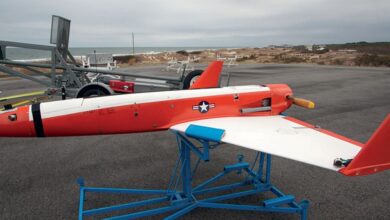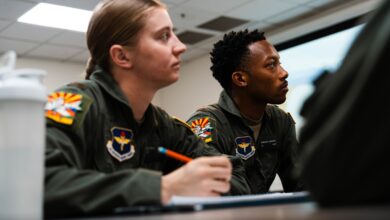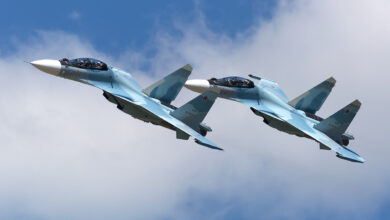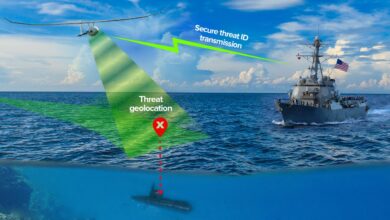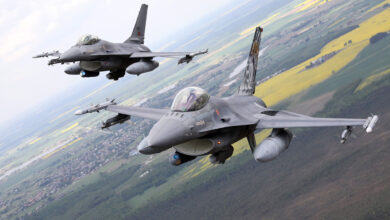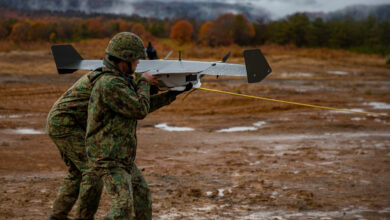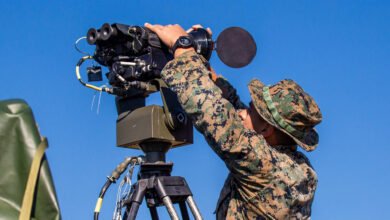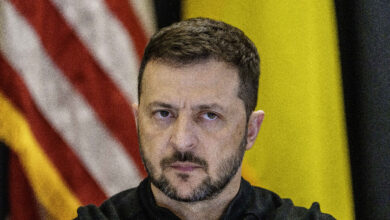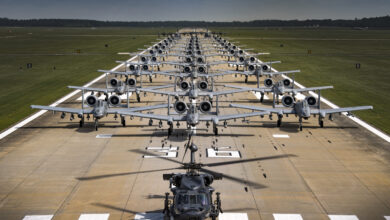US Army Taps Beta Technologies for Alia eVTOL Flight Tests
The US Army has awarded aerospace firm Beta Technologies a contract to provide flight testing support for the Alia electric vertical takeoff and landing (eVTOL) aircraft, according to a report by FLYING Magazine.
The agreement will assist the service in performing cargo and logistics mission simulations of the electric aircraft and allow the company to accelerate the development of eVTOLs for military applications.
As part of the contract, Beta and US Army engineers will measure the range, altitude, endurance, and payload capacity of the Alia eVTOL to determine how it could best be applied for various military missions.
According to company CEO Kyle Clark, the recently signed partnership with the army marks a crucial step in the military’s commitment to “advancing and adopting” sustainable electric aviation solutions.
He further noted that the contract would allow the Vermont-based firm to improve the capabilities of Alia, making it a safe and reliable logistics aircraft for the US Army.
In 2020, Beta Technologies also partnered with the US Air Force in its agility prime program to accelerate the development of the emerging eVTOL industry.
The Alia eVTOL
Unveiled in 2020, the Alia eVTOL is a single-propeller plane with a 50-foot wingspan and V-tail that is capable of transporting cargo or passengers.
The aircraft has a maximum takeoff weight of 6,000 pounds (2,721 kilograms). The passenger variant can carry up to six passengers, including a pilot, while the cargo variant has 200 cubic feet (5.66 cubic meters) of space.
The eVTOL has customized battery packs located below the cabin to ensure a “low center of gravity” for the plane and protect it from turbulence.
Additionally, Alia’s battery pack can be charged in 50 minutes using the company’s rapid charging system, which can be deployed as a standalone fixture to enable airport operations.
“The battery pack is fundamental and very integral to the success of the aircraft,” propulsion engineer Herman Wiegman said in 2020. “But you have to be careful about the presence of the mass in the aircraft, how much frontal area is dedicated to the battery packs, how much drag will be induced because of their presence.”




